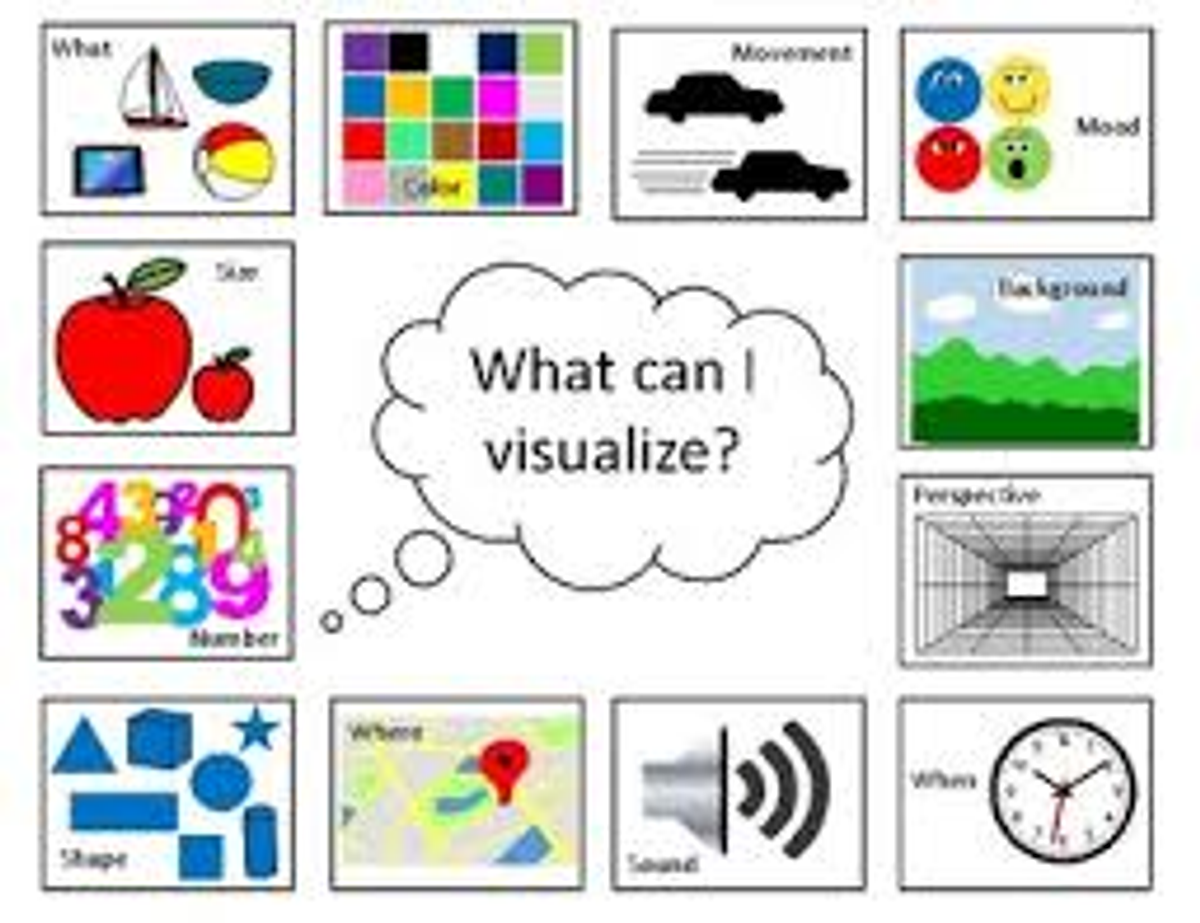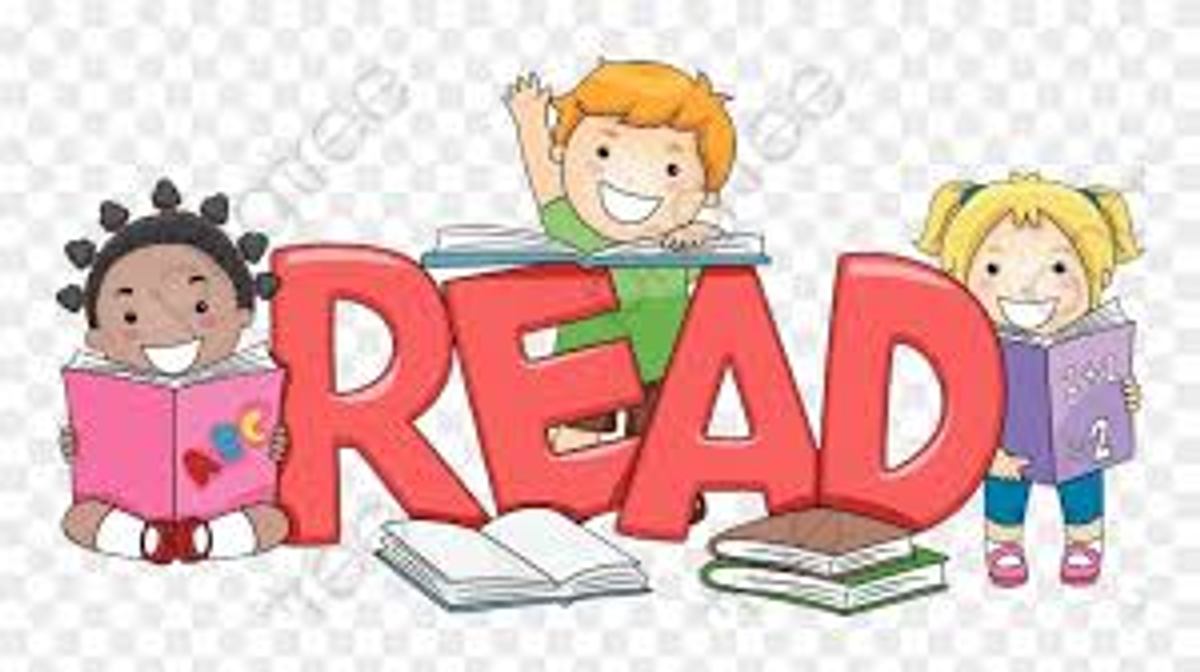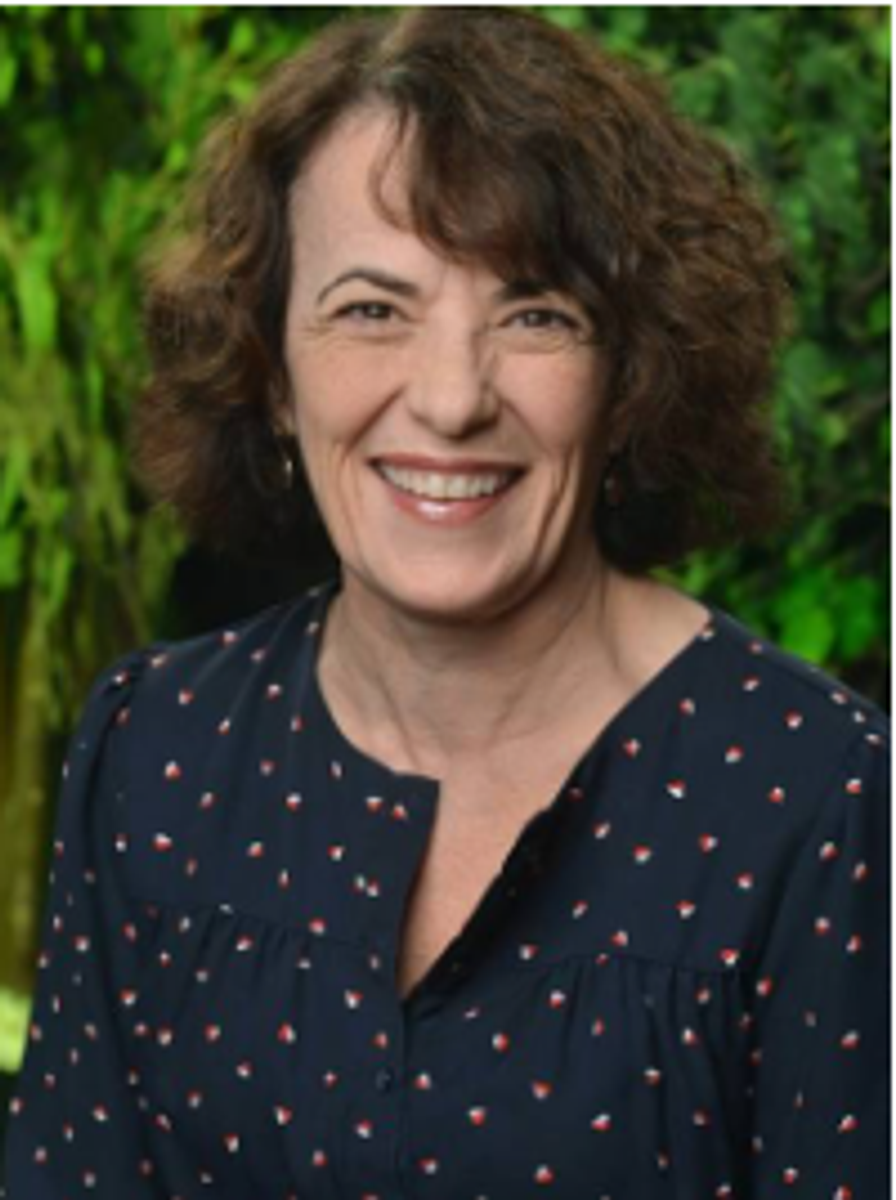Diverse Learning

Parent Read
This week’s recommended reading focuses on the importance of social-emotional learning, or SEL. This is the process of developing the skills and knowledge needed to understand and manage one’s own emotions, as well as those of others. It’s all about building a foundation of self-awareness, self-regulation, motivation, empathy, and social skills that are crucial for success in life.
Newman English 3-6 - Children's Book Council of Australia
This term our students embark on the CBCA Shadow Judging Program. This program invites young voices from groups across Australia to join the conversation about our annual Book of the Year Shortlist and choose their own winners. The children will read and evaluate the following shortlisted books. In fact these books are highly recommended texts for all of our students.
Professional Learning - Gifted Education Online 1
This week a number of our newly recruited staff members have commenced the Gifted Education Course 1 as part of their professional development. GEO1 is offered to all SCS teachers, to help them develop knowledge, skills and understanding of gifted education. All teachers at OLF are trained in this course.
Mrs Jo Ford | Newman Facilitator
How To Support Your Child's Understanding of What They Are Reading
Many children have difficulty learning the basic skills of reading. Others seem to be able to read the words on the page but cannot put the individual words together to form the meaning of a sentence or story. These children often benefit from a reading (and/or IQ) assessment which would be discussed with you before being arranged to be conducted at school by an educational psychologist. These assessments will indicate your child's relative strengths and weaknesses in reading and learning.
This assessment may also show that your child appears to have underlying language and/or memory difficulties. The psychologist would be able to give suggestions to develop your child skills in these areas and this information would be passed on to your child's class teacher. A speech pathologist may also be able to give you information/ ideas to help your child at home.
Things that you can do to help at home…
- Make sure the books that your child is trying to read are at the right level for them. If the books that your child is trying to read are too hard for them, they may be stumbling over words. If your child is concentrating on decoding each individual word, it is likely that they will lose the overall meaning of the story.
- Encourage your child to make use of pictures (and things that have already happened in the story) to build up an overall idea of what is happening. This will help your child to predict and read words more accurately and fluently.
- Encourage your child to use expression in their voice when they are reading out loud. This may mean being a good example by:
- using lots of expression yourself when you read to your child.
- explaining to your child what question marks (?), exclamation marks (!), commas (,) and full stops (.) mean and what you do to your voice when you come to them.
- Reading familiar books over and over again- If your child already knows the story they should be able to predict many of the words, this will give them an opportunity to concentrate on using expression in their voice when they read them.
- One way of finding out how well your child is understanding what they have read is to ask them to tell you what has happened in their own words. This will be particularly effective if your child has not heard the story before.
- Encourage your child to use their imagination to form a picture in their mind of what they are reading. This picture is as detailed as possible and your child should be able to describe to you the- size, shape, colour, number, location, feelings and background of what is happening in the story.
- Start by encouraging your child to imagine just the most important words in the sentence (without letting your child see the picture) and gradually increase the amount that your child has to imagine without pictures. This strategy is called Visualising and Verbalising, more information can be found online. For example, if you are reading the “Little Mermaid”- First, ask your child to imagine the mermaid, then gradually increase how many things your child could imagine such as where she was, the creatures in the sea, what the prince looks like etc.
- One way to help your child understand what they have read is to find a wordless book. Take strips of paper and write one or two sentences on each strip to describe each picture in the book. Place sentences in a hat and have your child pick out a sentence, read it and find a picture that it relates to.
- Another fun way of doing this is to write (or photocopy) the writing from a page of your child's book at the bottom of an A4 piece of paper. Ask your child to read the writing, close their eyes and imagine it happening. Once they have done this, and described to you what they imagine happening, then ask them to draw what they have imagined on the paper. Your child can illustrate their own book this way.
Ms Janelle Schembri | Diverse Learning Coordinator





